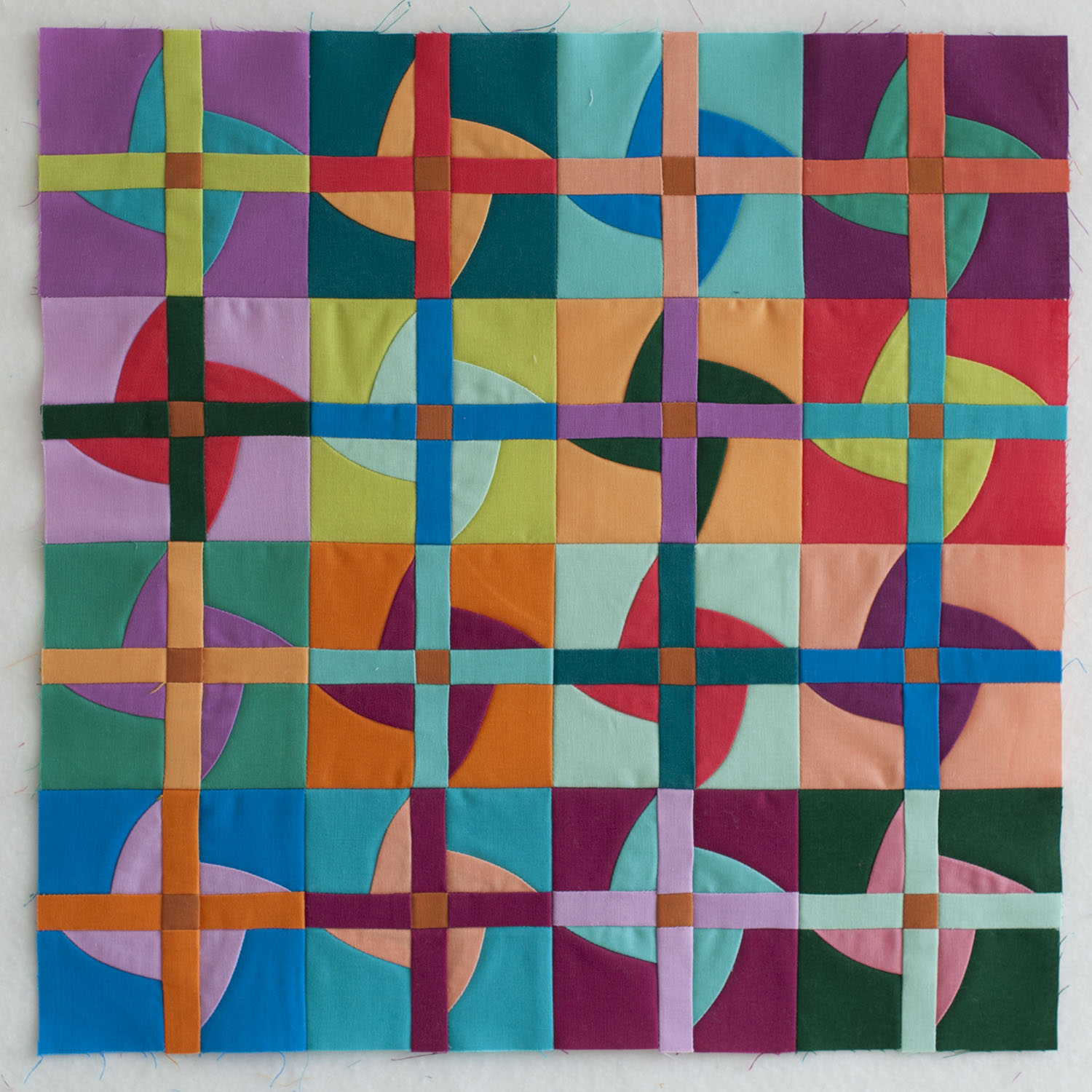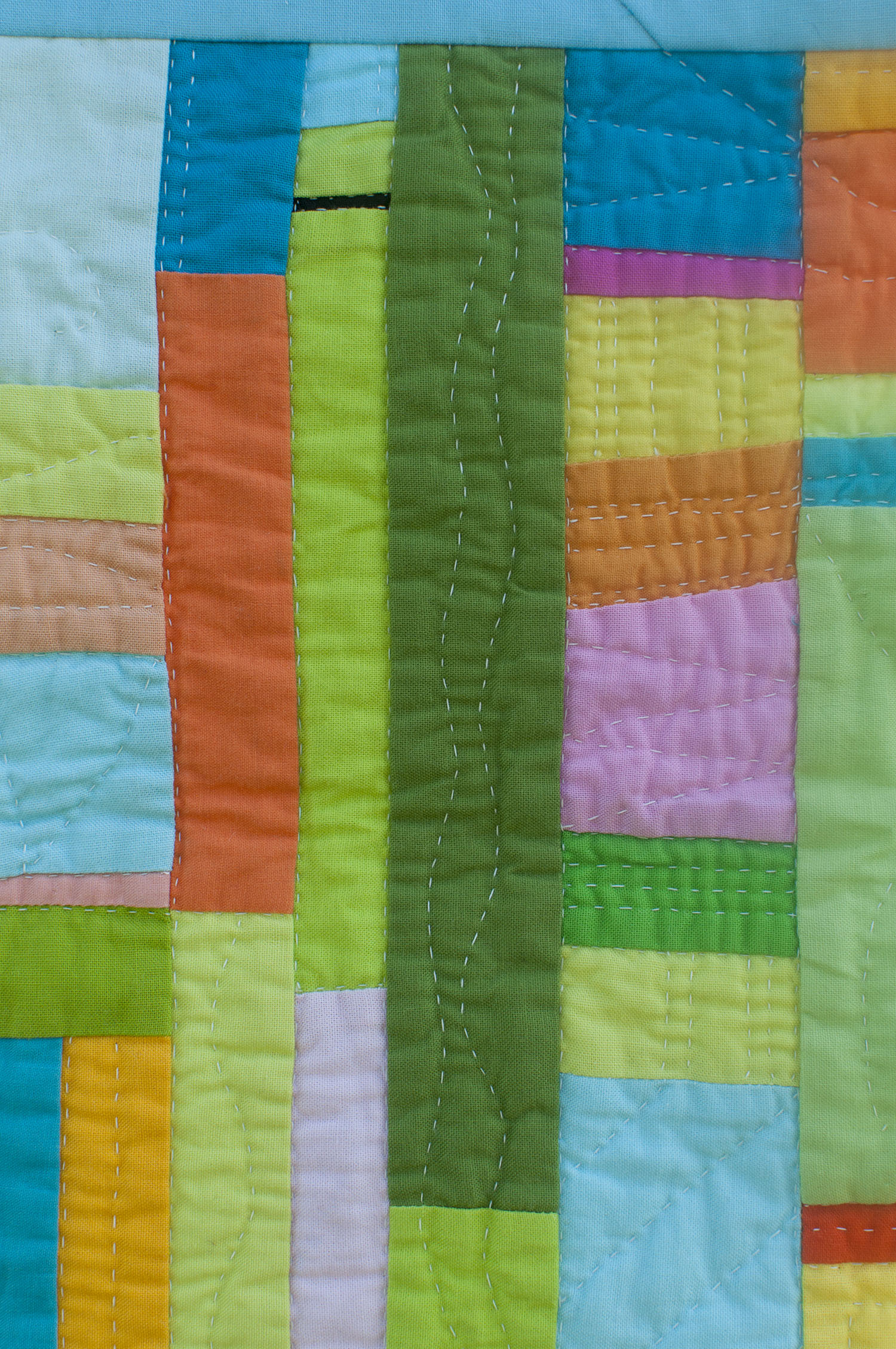Suffer - 16" by 16" based on the traditional quilt block Crown of Thorns.
An abused person often endures a lot of suffering. This website defines abuse and describes many of the tactics used by an abuser. The types of abuse described here include physical abuse, emotional abuse, sexual abuse and coercion, reproductive coercion, financial abuse, and digital abuse.
Here is a list of emotional abuse tactics that are often not seen by some as a tactic of abuse.
- Calling you names, insulting you or constantly criticizing you
- Refusing to trust you and acting jealous or possessive
- Isolating you from family and/or friends
- Monitoring where you go, who you call and who you spend time with
- Demanding to know where you are every minute
- Trapping you in your home or preventing you from leaving
- Using weapons to threaten to hurt you
- Punishing you by withholding affection
- Threatening to hurt you, the children, your family or your pets
- Damaging your property when they’re angry particularly items with emotional or sentimental value to the victim or the victim's family,
- Humiliating you in any way
- Blaming you for the abuse
- Gaslighting
- Accusing you of cheating and being often jealous of your outside relationships
- Serially cheating on you and then blaming you for his or her behavior
- Cheating on you intentionally to hurt you and then threatening to cheat again
- Cheating to prove that they are more desired, worthy, etc. than you are
- Attempting to control your appearance: what you wear, how you cut your hair, etc.
- Telling you that you will never find anyone better, or that you are lucky to be with a person like them
A person suffering from abuse may have a lot of mixed emotions in that they love their abuser but are treated badly. They may think that by suffering through, they can help or "fix" their abuser. They may think that no one has shown their abuser "real love" and that if they try harder they can fix the situation.
They often believe that enduring abuse can protect other vulnerable people around them (including their abuser). In the case of children, they may actually be teaching them that it is OK to stay in a bad relationship or that they need to endure bad things rather than take control of their situation. At the same time, other people can point to that "need" to stay as weakness.
When in an abusive relationship for an extended time, people can start to accept suffering as a part of their relationship and their life. And continually appeasing and trying to 'adapt' to the abuser also becomes the new normal.
Domestic abuse quite often causes friends and family, or secondary victims, to suffer. The abuser can attempt to damage friends and family's relationships, reputation, and property in an attempt to hurt the original target, even at times manipulating or forcing them to do this damage themselves.
Ten million Americans experience domestic abuse every year. Ten million. Someone I love and care about is a victim of abuse and has been for over twenty years. Odds are you or someone you know is a victim as well. I have learned a lot about domestic abuse over the last two decades and the number one fact I have learned is that most incidents are never reported. Ten million people every year and that number doesn't reflect the full scope of abuse in the US, as many people aren't able to safely share and report their stories. I am a doer. I like to make and fix things. Sadly, I cannot fix things for the person in my life who is being abused. But, I can speak up. And I can sew. And hopefully I can make a difference. (Statistics from the CDC)
Domestic violence knows knows no boundaries when it comes to race/gender/sexuality/age/socioeconomic status/geographic location/culture.
Remember, it affects ten million in the US every year. If you or someone you know is experiencing domestic abuse, please know that the folks at the National Domestic Violence Hotline (1 800 799 SAFE or thehotline.org) are ready to listen and support you, as well as refer you to a local program or organization. If you observe someone being abused, you can also call the hotline. A good samaritan call can save a life.
See all of the Domestic Abuse Quilts here.














































